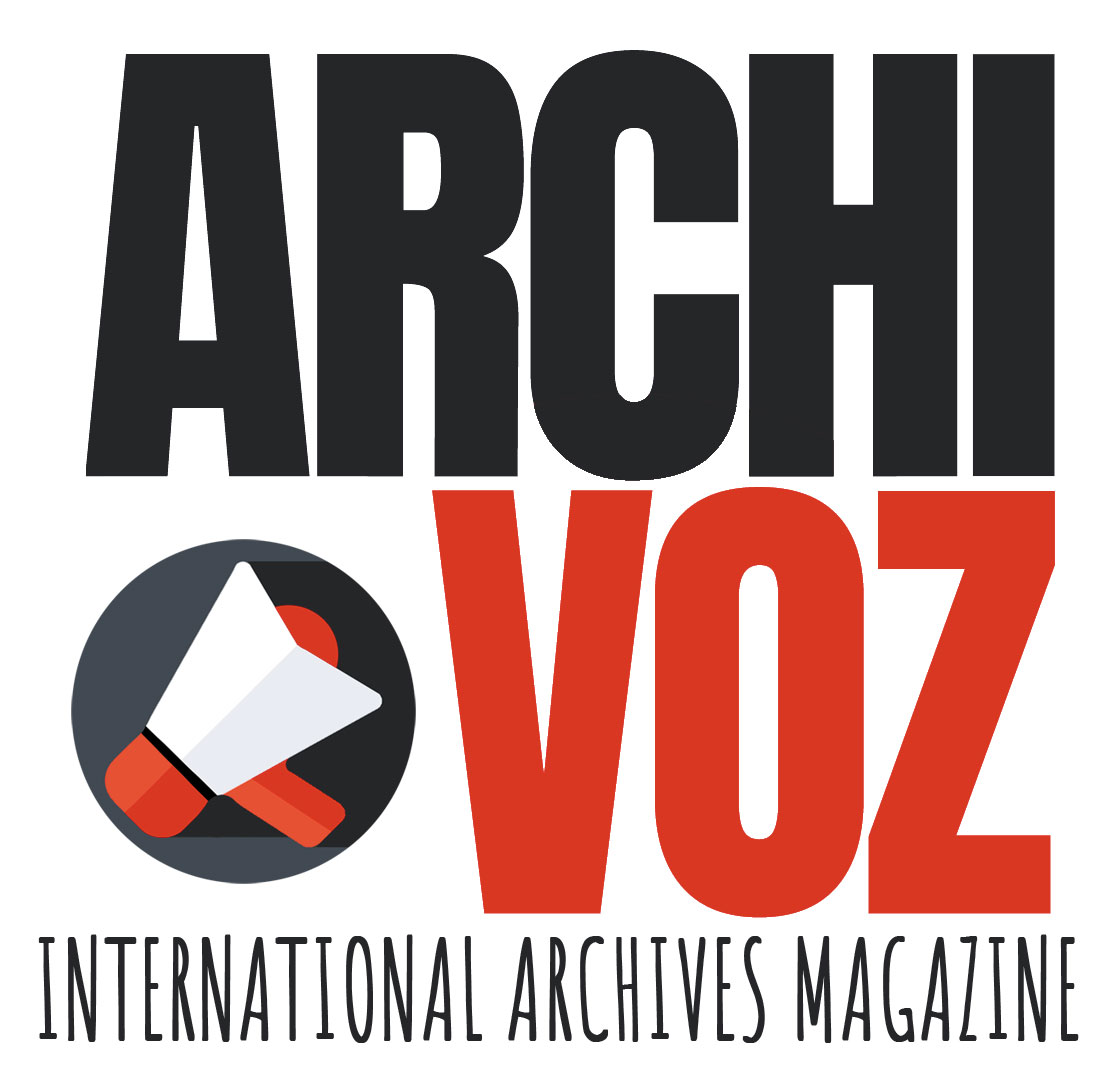To commemorate Keston College’s 50th anniversary, friends, former staff, Council members, and local officials gathered on June 20, 2019, in the Kent village of Keston in Greater London to unveil a plaque. Founder Michael Bourdeaux drew aside curtains on Keston’s original home to reveal a stately blue medallion containing a silver inscription:
Keston Institute
“Be our voice”
Here
KESTON COLLEGE
Defended human rights
and religious liberty
in the Soviet bloc
from
1972-1992
Founded in 1969 by the Reverend Canon Bourdeaux, Keston College, also known as Keston Institute, became a “voice of the voiceless” for persecuted believers by gathering accurate information and reporting on the situation of those living under communism in the USSR and other Warsaw Pact countries. Just as Michael Bourdeaux opened those curtains to unveil a plaque, Keston drew aside the Iron Curtain to reveal stories of faith, sacrifice, courage, tragedy, and triumph. In so doing, Keston had a positive effect on the lives and families of many who suffered for their beliefs.
Although longtime religious dissident and Gulag survivor Alexander Ogorodnikov could not attend, he sent a message. In part he wrote, “You were the champion of our suffering voice that was being smothered by the heavy burden of communism! Your compassionate support blunted the fury of the punitive energy of our persecutors, those storm-troopers who dared to challenge Heaven!”1
The Keston story actually began 60 years ago in 1959 when Oxford theology student Michael Bourdeaux, in the first group of British exchange students to the USSR, received a note from Russian Christians asking for help. In Moscow, he witnessed religious atrocities and, after a divine meeting with the women who penned the letter, took up their call. In 1969, Bourdeaux with Sir John Lawrence, who himself found a note that read “Help us believers” under his pillow in a Russian hotel, established the Centre for the Study of Religion and Communism, later Keston College, “to make known the needs of all religious believers and to uphold religious freedom in every case.”


According to Keston Council Chair Xenia Dennen, “From its foundation, to ensure the reliability of its reporting, Keston Institute built up an archive of documentation from all the countries it studied.”2 The Institute’s Keston News Service, led by Alyona Kojevnikov, produced authenticated reports about religious persecution that served as a tool for exerting political pressure—reports used by the BBC, Radio Free Europe/Radio Liberty, the Associated Press, UPI and others. Not once was any information disseminated by Keston found to be unreliable or untrue—and the pressure often made a difference, as in the cases of Irina Ratushinskaya and Georgi Vins.
Following the collapse of the Soviet Union, loss of funding meant the Institute could no longer support the archive and library, and the search began for a repository. Baylor University, a Baptist institution in Texas, seemed an unlikely location, but Soviet scholar Wallace Daniel, then Dean of the College of Arts and Sciences, recognized the collection’s value and understood that Baylor and Keston shared common commitments to worldwide religious liberty and separation of church and state.
On June 21, 2007, Keston College legally transferred its library and archives to Baylor. In turn, the University agreed to create the Keston Center for Religion, Politics, and Society as a research facility and base for scholarly programs. Later that year, hundreds of boxes arrived in Waco containing materials in at least 33 languages related to 30 discreet religions and denominations—much of it Samizdat (illegally published materials). The carefully packed crates cradled 17 works of art; 69 propaganda posters; 4,500+ photographs; nearly 8,000 books; almost 900 periodicals and serials; 500 audiotapes; 150 videos; more than 60 miscellaneous audio-visual materials; and approximately 1,500 linear feet of archives including Keston News Service releases, court documents, correspondence, pamphlets and religious education resources. Dennen explained that “Keston’s archive is unique and the main source for the history of religion in East and Central Europe as well as the former USSR.”3
The Keston Center regularly hosts researchers from around the world—many funded by the Keston Institute in Oxford. Faculty teaching fellows and summer interns work in the Michael Bourdeaux Research Center, and students visit with classes or independently to discover the “voice of the voiceless.” To commemorate Keston’s half-century, scholars Julie deGraffenried from Baylor and Zoe Knox from the University of Leicester, edited a collection of 25 essays highlighting the collection, Voices of the Voiceless: Religion, Communism, and the Keston Archive (Baylor Press, 2019).
The Keston Center also presents lectures, panels and symposia related to its mission “to promote research and encourage the study of religion in communist, post-communist, and other totalitarian societies.”4 In October 2018, Keston celebrated the centennial of the birth of a sovereign Czechoslovakia with a four-day event featuring keynote speaker Hynek Kmoníček, Ambassador of the Czech Republic to the United States. Activities also included films; a theater reading of Václav Havel’s Audience: A Play; scenes from The Cunning Little Vixen opera by Leoš Janáček; piano performances of Czech dances by Bedřich Smetana; a luncheon, reception, and dinner; and closing lecture “The Magic and Tragic Eights: Generational Reflections on 100 Years of Czech History” by Alice Luňáková of Masaryk University in Brno, Czech Republic.
Other public events have focused on a wide array of topics, including “My Experience as a Religious Dissident in Russia” by Alexander Ogorodnikov; “Gender and Faith in Former Communist Countries: Yesterday and Today” with Alina Urs; “God and Grandma: Soviet Anti-Religious Policies and the Battle for Childhood” by Julie deGraffenried; “HUSH! Religion and the Secular Media” with Alyona Kojevnikov; a diplomatic panel during the McBride Center’s Global Business Forum; and a 9-member speed panel exploring “Voice of the Voiceless: Keston’s 50th Anniversary Commemoration.”

As with any repository, stories within Keston’s walls wait in the shadows of the past to shed light on the present and illuminate the future:
- Young Aida Skripnikova distributing greeting cards on a street corner in Leningrad that led to her arrest and imprisonment and whose trial transcript neatly written in ballpoint on strips of bed linen lives in the archives.
- The hand-painted Christmas card of the Madonna and Christ Child sent to Michael Bourdeaux by dissident artist Yuri Titov, whose paintings were acid-splashed as they left Russia.
- The exquisite Nativity by Vitali Linitsky whose Christian-themed work was barred from exhibit in his home country.
Recent processing of Michael Bourdeaux’s personal papers yielded correspondence and scripts for the December 19, 1999, BBC Millennium Worship broadcast from the Orthodox Church in Smolensk, Russia. Bourdeaux titled his homily “Light Out of Darkness” and said in part, “…even in the darkest days, the secret light of Christ shining in people’s hearts showed them that there was something beyond materialism and atheism which men and women could look towards with hope.”
Keston’s work helped keep radiant that secret light even when the candle flickered and darkness seemed daunting. Today at Baylor University, the Keston Center for Religion, Politics, and Society continues with the Keston Institute to fan the flame of remembrance so that the voices of those who, although they had no voice, defended spiritual freedom under a controlling political system will never be stilled.
(1) Letter from Alexander Ogorodnikov, Moscow, June 15, 2019.
(2) Xenia Dennen, “Keston Institute,” accessed December 3, 2019, https://www.keston.org.uk/.
(3) Ibid.
(4) “Keston Center for Religion, Politics and Society,” Baylor University, accessed December 3, 2019, https://www.baylor.edu/kestoncenter/index.php?id=930078.
Header image: Radio interview of Michael Bourdeaux (courtesy of the Keston Center for Religion, Politics, and Society at Baylor University)
Additional images: (1) Michael Bourdeaux unveiling the Keston plaque in the United Kingdom on June 20, 2019 (courtesy of Kathy Hillman); (2) Aida Skripnikova trial transcript page, photograph and book cover of Aida of Leningrad: The Story of Aida Skripnikova by Michael Bourdeaux and Xenia Howard-Johnston (Reading, Eng.: Gateway Outreach, 1972) (courtesy of Kathy Hillman); (3) Shown in the Keston Center: Hynek Kmoníček, Ambassador of the Czech Republic to the United States; Joan Vanicek, Wife of the Honorary Consul; Kathy Hillman, Director of Keston; Indira Gumarova, Wife of the Ambassador; and Brian Vanicek, Honorary Consul of the Czech Republic (Note that Yuri Titov’s Madonna and Christ Child Christmas card to Michael Bourdeaux appears in the counter display) (courtesy of Kathy Hillman)



